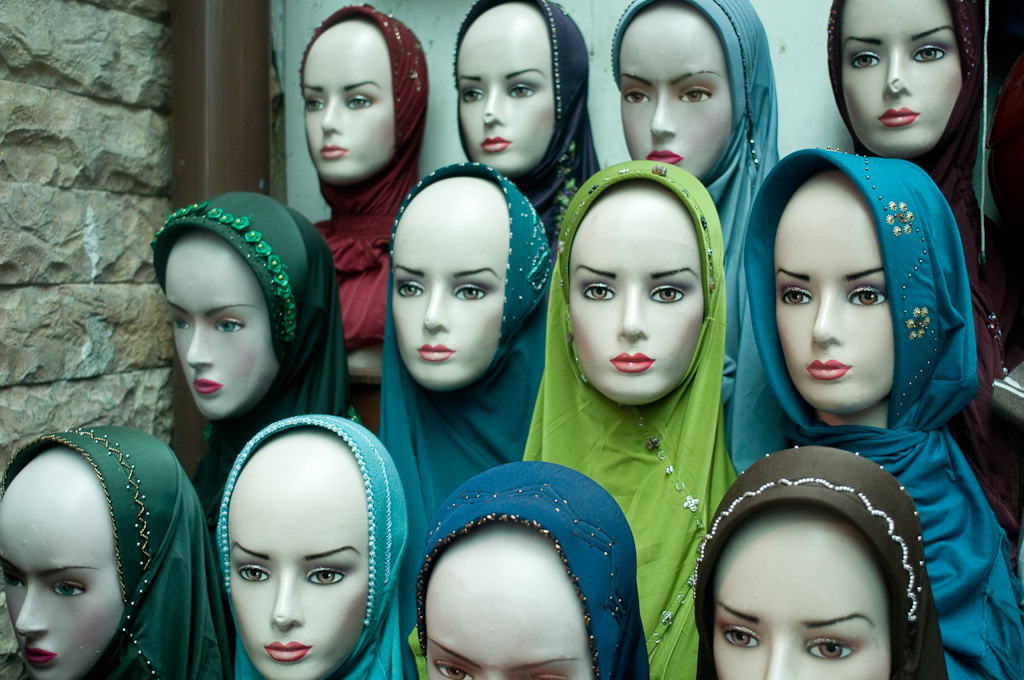A dress code? For field research? Really?
Well sort of. The first rule of field research is to dress for comfort – working days tends to be long and can involve a lot of walking. After that it depends what is lined up for the research schedule and dressing for the occasion. Sounds obvious?
The first challenge is that you’ll probably want to pack light – a lighter load doesn’t need to be checked in and frees the soul from wondering whether your luggage will arrive. With a limited travel wardrobe think about laundry services at the team level.
The most common dress-code mistake is under dressing in contexts where the participants have put a significant effort into maintaining appearance – typically this is with lower income families in emerging markets and rural environments. When the entire family turns out in their Sunday best it’s a sign of respect for you their visitor. As a rule of thumb aim for dress-parity with the participants: too smart and the participants can feel awkward; too scruffy and they will think you’re not taking this meeting or them seriously. And anyway – this is certainly not about you, or just about you and them, but how they are perceived in their community. After the first meeting its usually OK to relax a little.
The second dress-code mistake is male researchers wearing shorts in places where this behaviour strongly associated with children. Yes it might be hot and humid the kind of weather that is good for the beach back home, but doesn’t mean you turn out the beach shorts. The equivalent is someone travelling from a distant country and sucking a lollypop whilst they visited you in your home – it is likely to undermine other aspects of the research.
Unless you’re planning a serious mountain yomp leave the 18-hole hiking boots at home and choose footwear that can be easily slipped on and off. Not only will you be quicker to react to ad-hoc invites into people’s clean spaces its less tiring on the feet. If your socks smell after a day pounding the streets carry a spare pair – you never know when an chance encounter will require your shoes to be removed.
In almost any large city in the world if you’re approached by a group of young males one of the first places they look is not your face but at your feet – to see which shoe-tribe you belong to. If you’re expecting interactions with younger, brand conscious participants consider wearing obscure or obscured brands simply because it gives you the option of falling back on other cues.
In some Muslim communities women are expected to cover up any bare skin whilst out in public – arms, legs and head, something so obvious that I’ve never encountered a female team member who failed to observe this. If you happen to be in the border region between Afghanistan and Pakistan your female team members will be expected to be completed covered by a veiled burqa whilst out in public.
Bottom line: if the team don’t have the right gear have them buy local.
More (kinky) from this headscarf stall here.

2 Trackbacks
[…] inspiration | methods | future perfect « […]
[…] who shows up to deliver fertilizer in a baseball cap and closed-toe shoes. (Jan Chipchase has a good post mentioning footwear as status markers.) There’s not much romanticization of the economic […]